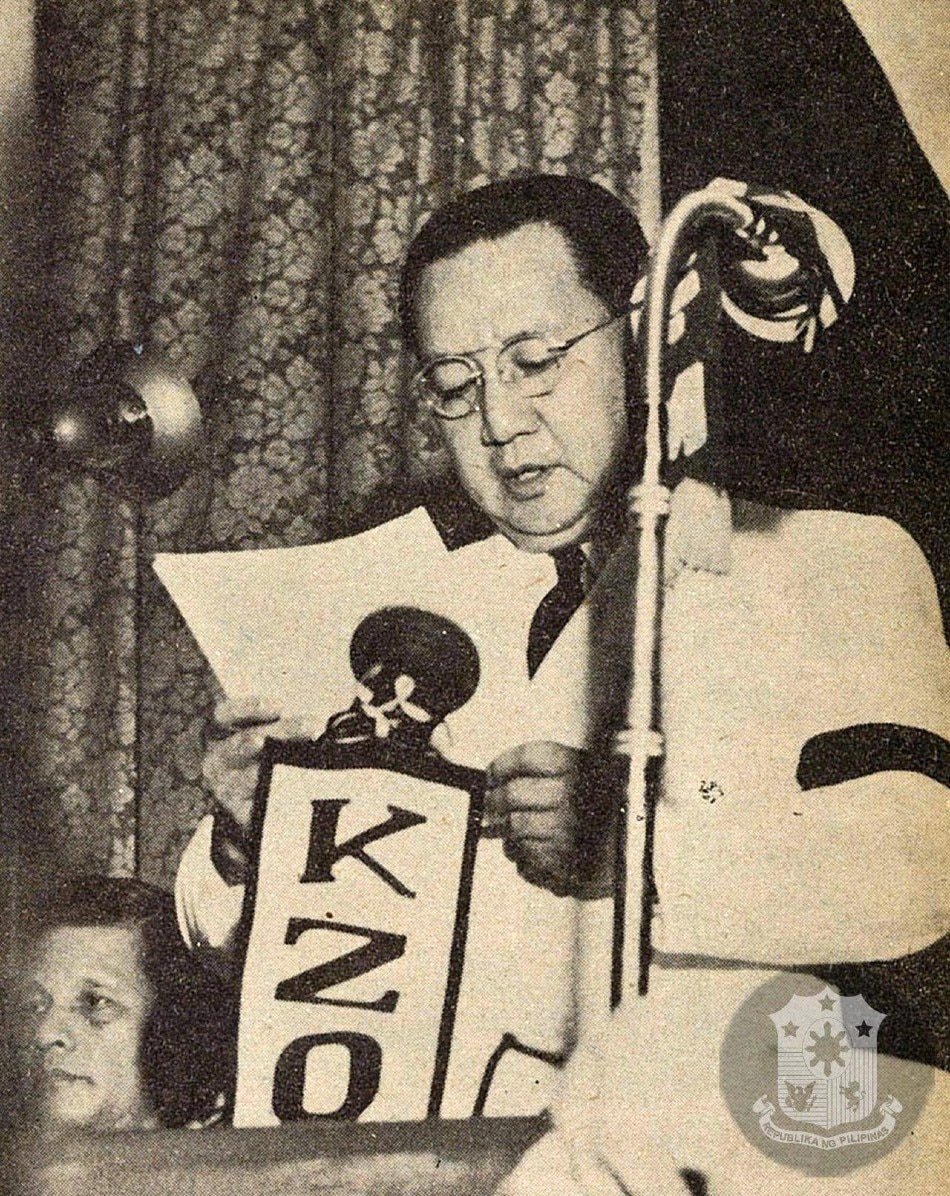Elpidio Quirino was born on November 16, 1890, in Vigan, Ilocos Sur, Philippines. He was the second of 10 children in a family of modest means. Quirino's father, Mariano Quirino, was a lawyer and public servant, which influenced his interest in law and public service. He completed his early education in Vigan and then pursued higher studies at the University of the Philippines College of Law, where he earned his law degree and passed the bar exam in 1915.
Quirino started his career as a lawyer and quickly became involved in politics. He was elected as a representative of Ilocos Sur to the Philippine Assembly in 1919 and later served as a senator from 1925 to 1931. His work in the government included contributions to policies related to public welfare and social issues.
In 1935, when the Commonwealth of the Philippines was established under President Manuel L. Quezon, Quirino was appointed as the first Secretary of the Budget, playing an essential role in laying the financial framework for the new government. During World War II, he was exiled in the United States when the Japanese occupation of the Philippines began. After the war, Quirino returned to the Philippines and was elected Vice President under President Sergio Osmena in 1946.
Elpidio Quirino's presidency was marked by efforts to rebuild the country after the devastation of World War II. He launched the Rehabilitation Finance Corporation (RFC) to support economic recovery, providing loans to businesses and farmers affected by the war. Quirino also established the Philippine Rehabilitation Act of 1946, which secured U.S. assistance to rebuild the nation’s infrastructure.
Under Quirino's leadership, the Philippines experienced economic growth and modernization. He was instrumental in negotiating with the United States for aid and assistance under the Bell Trade Act, which allowed for trade between the Philippines and the U.S. under favorable conditions. Quirino’s administration also focused on social welfare, initiating programs to improve public health, education, and housing for the poor.
In the realm of foreign policy, Quirino worked to strengthen the Philippines’ ties with the United States and other countries. He was a key figure in the establishment of the Philippine-American Treaty of 1951, which reinforced defense and economic partnerships between the two nations.
Elpidio Quirino's presidency is remembered for his determination and ability to lead the nation during a challenging period of reconstruction and growth. However, his administration also faced criticism for corruption and political issues, which affected his popularity. Despite these challenges, Quirino's contributions to rebuilding the nation and promoting economic recovery were significant. After leaving the presidency, he continued to play a role in public service and advocacy until his death on February 29, 1956. His leadership during the post-war period left an enduring mark on the country's path to modernization and development.
references:
https://sa.kapamilya.com/absnews/abscbnnews/media/2022/news/06/27/20220627-former-president-elpidio-quirino-02.jpg
https://kahimyang.com/resources-9/quirino-1948.jpg
https://live.staticflickr.com/3855/14830630761_dbdcb8a716_b.jpg





No comments:
Post a Comment